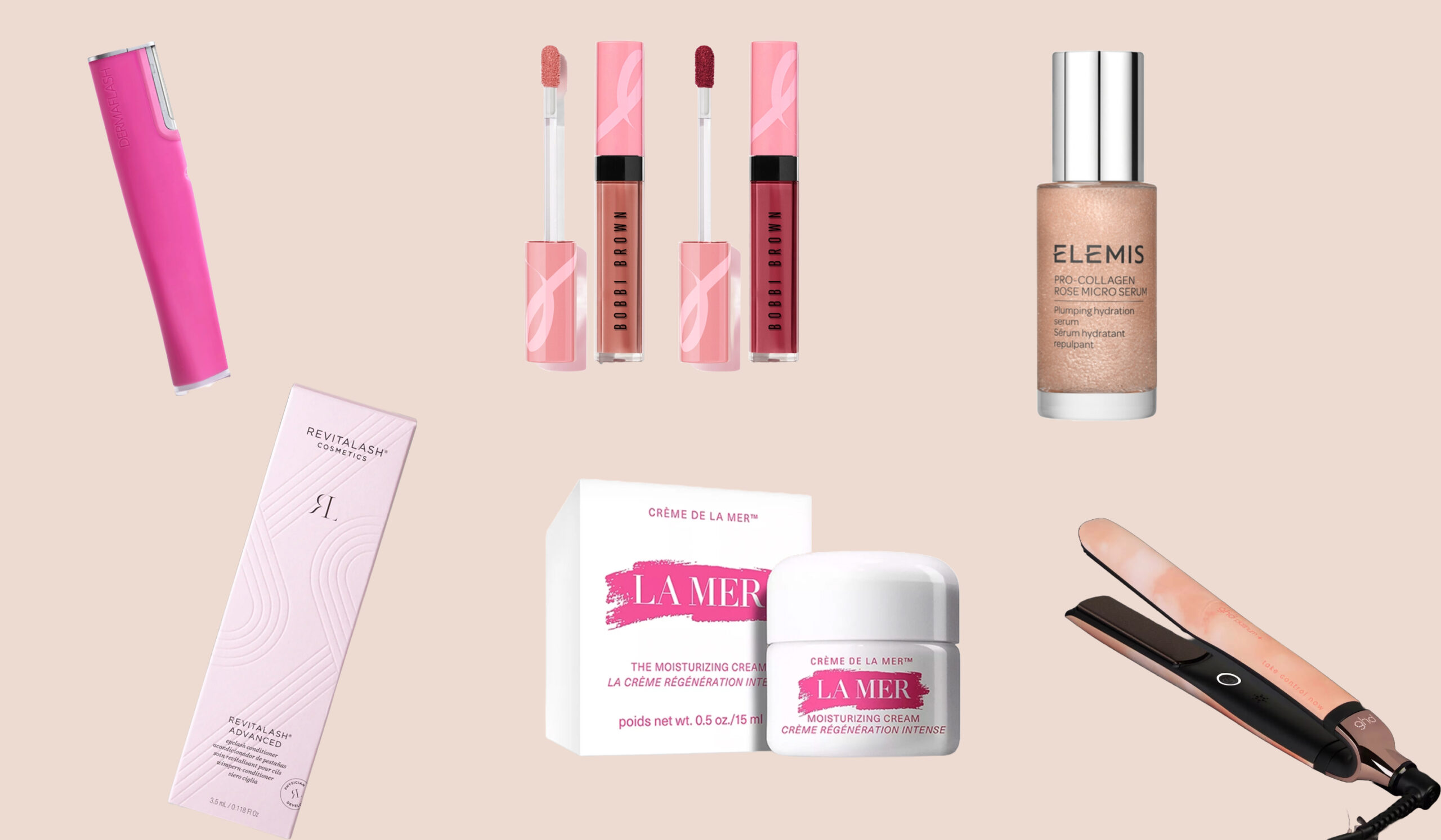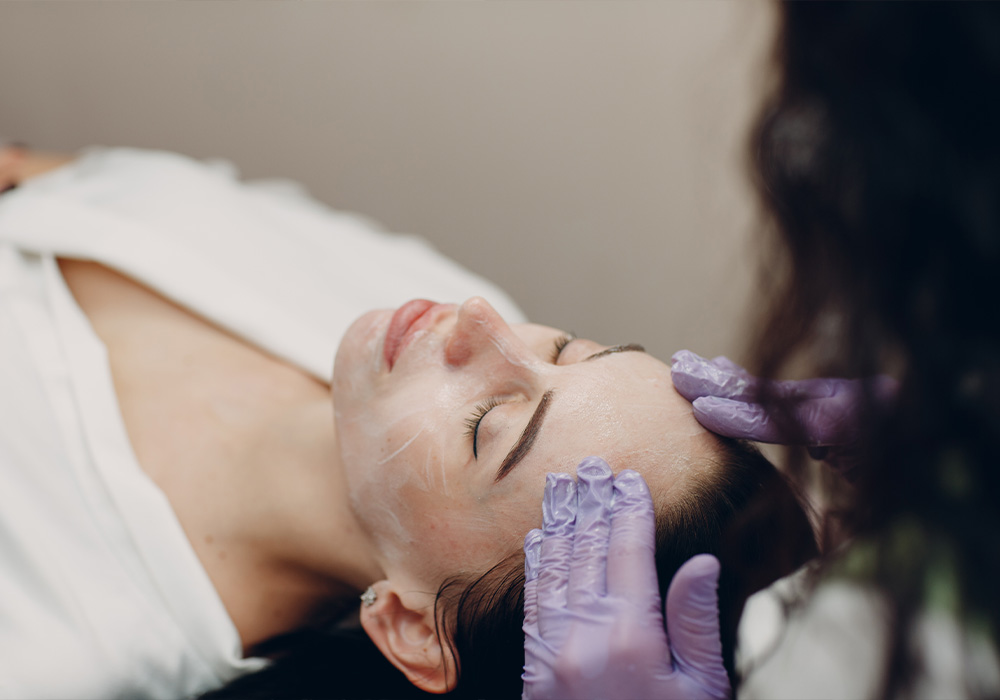When it comes to clarifying untruths about breast-augmentation procedures, we didn’t have to press these plastic surgeons too hard—as Reno, NV plastic surgeon Tiffany D. McCormack, MD succinctly said, “there are many!”—to set the record straight on some of their most-commonly heard myths.
You can’t breastfeed after breast implants.
It’s probably not super surprising this is a top concern—considering breast augmentation is the number-one surgical procedure for women aged 17–35, according to recent The Aesthetic Society stats—and Eugene, OR plastic surgeon Mark Jewell, MD starts off the list by calling out this miss. New York plastic surgeon Jeffrey S. Yager, MD also categorizes this as a top falsehood: “One of the biggest misconceptions about breast implant surgery is that you cannot breastfeed afterwards. While there is a slight chance of losing the ability to produce milk, more so with the periareolar approach than with the other techniques, the overwhelming majority of my patients can still breastfeed.”
You always have to have your implants placed under the pectoralis muscle.
While this is a bit technical, Dr. Jewell lists it as myth number two, which drives home the point that it’s important to visit a board-certified plastic surgeon practicing in scope to make certain all your personal considerations come into play before any procedure. “Multiple factors go into determining the best implant placement, including the amount of existing breast tissue, the patient’s lifestyle, and the degree of sagging.”
Cup size is standard.
This one hits across the board on all-things breast and is not necessarily tied just to augmentation surgery—but it’s an untruth that Pasadena, CA plastic surgeon Lily Lee, MD specifically points to as popping up a lot at her practice. “It drives me absolutely crazy when someone comes in with breast implants requesting a revision from a different surgeon and when I ask what size their implants are, they say ‘C cup.’ There is no standardization with cup sizing! That is why if you go to a department store and pull three different 34C bras from three different brands, they will all fit differently. It really is very important for the patient to keep track of the details of her implants. The flip side is also that I can put the same 300cc implant into three different people and they might all end up with three different cup sizes.”
Bigger is better.
Not in this case, says Encino, CA plastic surgeon George Sanders, MD. “Some patients assume larger implants lift your breasts,” he explains. “The correct understanding is that larger implants give more fullness at the top of the breast at first, but then the skin stretches, and the breasts become lower and larger, but definitely not lifted.”
You need general anesthesia to have a breast augmentation.
As Dr. Jewell shares, in the majority of cases he does, he prefers to perform breast augmentation while the patient is under local anesthesia with IV sedation—and he has used this approach safely and successfully for more than 30 years. “In general, our patients find this approach to be more comfortable and convenient for them. After surgery, patients typically feel more like themselves faster than they would if they’d undergone general anesthesia.”
Implants lead to lost sensation.
Another popular myth is that if you place a breast implant through the nipple/areola you lose sensation, according to Dr. Yager. “The risk of permanent loss of nipple sensation is exceedingly rare in my practice,” he says. “As the nerves run along the ribs, there is no increased risk of losing sensation via a specific approach, and the overall rate is quite low.”
Your breasts will not change over time.
The consensus for everyone we interviewed is aligned on this one: Like with all things associated with aging, they will—even with an implant.
You don’t need a mammogram after a breast augmentation.
Dr. Jewell doesn’t mince words on this one: “You still do.”
Fat grafts can replace breast augmentation.
While Dr. Sanders does see the benefit in fat-grafting to the breast, in his opinion, it’s not a straight swap for an implant. “The correct answer is that fat grafts work well if there is a breast implant already in place,” he says. “They do not work particularly well by themselves.”
You have to change out your implants every ten years.
“Patients still think that all breast implants need to be changed every 10 years,” says Dr. Yager. “That was true years ago and with silicone implants from other countries as well, as a study showed a very high rate of leak by 10 years. The implants I use should only be changed if they have an issue.” Dr. Sanders concurs: “The correct answer is that you should have an MRI done every few years to evaluate your silicone implants. If they are intact, you may safely do nothing and have another MRI in a few years. Some patients elect to change their implants every 10 years to avoid a future leakage problem. Patient’s choice!”
“This is definitely the biggest myth of all, and it’s not the case at all,” says New York plastic surgeon David P. Rapaport, MD. “If the augmented breasts feel good, look good and are the size that the patient desires, there is absolutely no need for replacement based on how old the implants are. The adage ‘if it ain’t broke don’t fix it’ basically applies here. Certainly, it is recommended to have high-quality imaging—MRI or high-res ultrasonography—of silicone gel–filled breast implants every three years. But, if implants are intact and are performing to the patient’s satisfaction, there is no need for proactive replacement.”

















